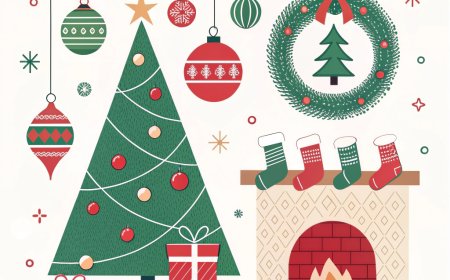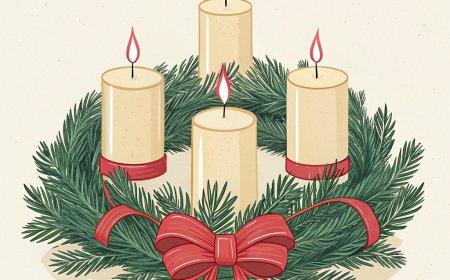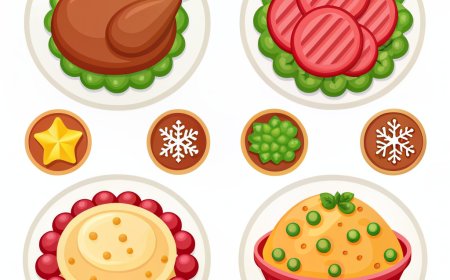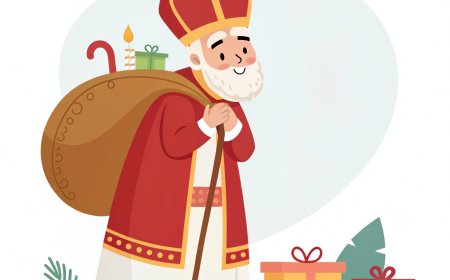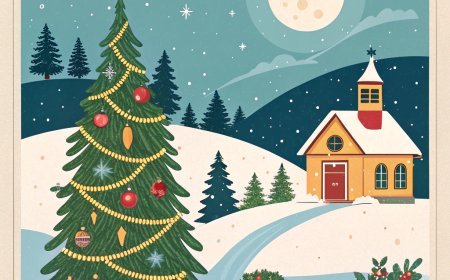New Years Day History Traditions and Fun Facts for Students
Explore the history traditions and fun facts of New Years Day in this student guide about celebrations resolutions and welcoming a fresh start
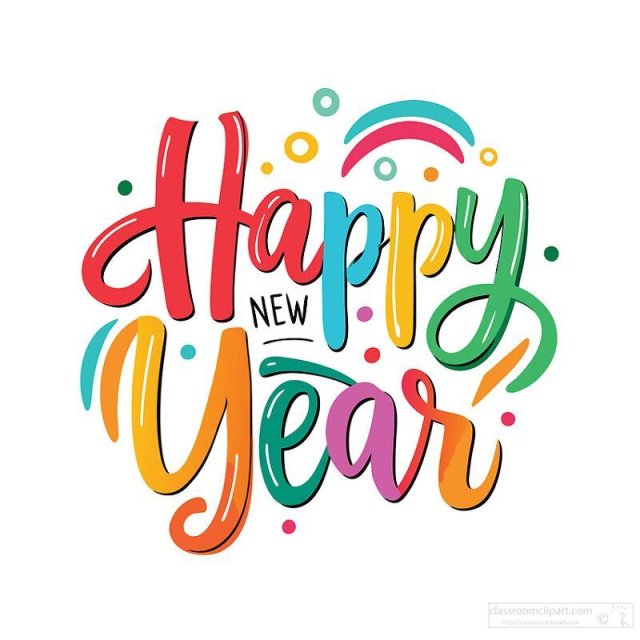
🕰️ Introduction
As the clock strikes midnight and fireworks light up the sky, people around the world cheer, hug, and celebrate the arrival of a brand-new year. New Year's Day marks not just a change in the calendar, but a chance for fresh beginnings, exciting goals, and hopeful dreams. It's a time when many people make resolutions - promises to themselves to try something new, improve a habit, or reach for a personal goal.
The idea of celebrating the start of a new year is thousands of years old, with traditions that have evolved across cultures and continents. From ancient festivals honoring the changing seasons to modern countdowns in bustling cities, New Year's Day is a holiday that brings people together in the spirit of hope and renewal.
📜 History and Origins
The earliest recorded New Year celebrations date back over 4,000 years to ancient Babylon, where the new year was celebrated in March during the first new moon after the spring equinox. This time marked the start of the planting season.
The modern date of January 1 was established by the Julian calendar, introduced by Julius Caesar in 45 BCE. The month of January is named after Janus, the Roman god of beginnings and transitions, who was often depicted with two faces - one looking forward and one looking back.
When the Gregorian calendar replaced the Julian calendar in 1582, January 1 remained the official start of the year, and today, it is recognized by most countries around the world.
🎉 Traditions and Customs
⏳ Midnight Countdown
In many countries, people gather in public squares, at parties, or in front of televisions to count down the final seconds of the old year before shouting "Happy New Year!"
🎇 Fireworks Displays
Cities around the world, from Sydney to New York, put on massive fireworks shows to welcome the new year with color and excitement.
📝 New Year's Resolutions
Many people use this time to set personal goals, such as learning a new skill, exercising more, or spending more time with family.
🍀 Good Luck Traditions
Cultures have unique customs to bring luck for the coming year - in Spain, people eat 12 grapes at midnight, while in Japan, families enjoy special foods called osechi ryori.
🌟 Symbols and Meanings
-
🕰️ Clock - Counting down to midnight and marking time.
-
🎇 Fireworks - Celebration and hope for the year ahead.
-
🍇 Grapes - In Spain, symbolize good fortune for each month.
-
🎭 Janus - Roman god symbolizing reflection and new beginnings.
🌍 How It's Celebrated Today
New Year's Day is often a public holiday, with celebrations varying widely. In the United States, the Times Square Ball Drop in New York City is one of the most famous events, watched by millions worldwide. In Scotland, the festival of Hogmanay features music, dancing, and torchlight processions. Many Asian countries also celebrate Lunar New Year on a different date, following the lunar calendar.
💡 Fun Facts
-
🎆 Sydney, Australia is one of the first major cities to ring in the new year.
-
🕊️ In Denmark, it's tradition to smash old plates against friends' doors for good luck.
-
🎤 "Auld Lang Syne," a song from Scotland, is often sung at midnight.
-
🕰️ The Times Square New Year's Eve Ball weighs nearly 12,000 pounds.
📚 Vocabulary List
-
Resolution - A promise to oneself to make a change or set a goal.
-
Equinox - The time of year when day and night are of equal length.
-
Julian Calendar - Calendar system introduced by Julius Caesar.
-
Gregorian Calendar - Calendar system used by most of the world today.
-
Janus - Roman god of beginnings and transitions.
-
Hogmanay - Scottish New Year festival.
-
Lunar Calendar - A calendar based on the phases of the moon.
-
Tradition - A custom or practice passed down over time.
📝 Key Takeaways
-
New Year's celebrations are thousands of years old.
-
January 1 became New Year's Day through the Julian and Gregorian calendars.
-
Traditions include countdowns, fireworks, resolutions, and lucky customs.
-
Symbols like clocks, fireworks, and grapes carry special meanings.
-
Different cultures mark the new year in unique ways.
🧠 Interactive Quiz
1. Who was January named after in Roman mythology?
A) Jupiter
B) Janus
C) Juno
D) Julius
2. Which ancient civilization celebrated New Year in March?
A) Rome
B) Greece
C) Babylon
D) Egypt
3. How many grapes do people in Spain traditionally eat at midnight for good luck?
A) 6
B) 10
C) 12
D) 15
4. What is the name of Scotland’s New Year festival?
A) Solstice
B) Hogmanay
C) Beltane
D) Burns Night
5. Which city hosts the famous Times Square Ball Drop?
A) Los Angeles
B) London
C) New York City
D) Paris


















































